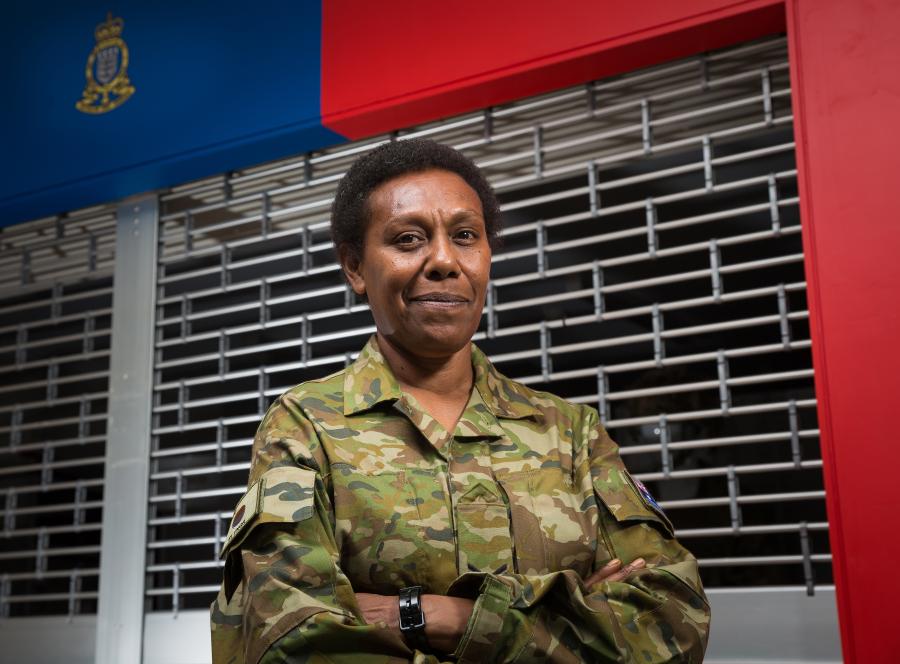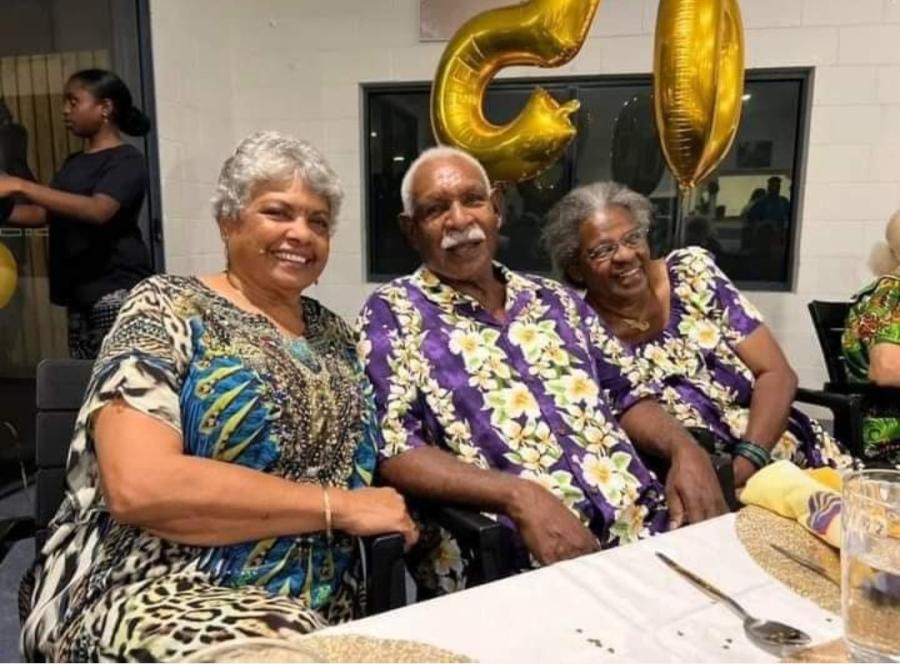Indigenous Australian articles on the Australian War Memorial website
The Australian War Memorial has featured three articles relating to the war service of Aboriginal and Torres Strait Islander peoples from the present day to the First World War.
Sedoi Harvey: a life of service

Sedoi Harvey grew up in Townsville and served in the Australian Army for more than 20 years. Sedoi shared her story with Kerryn Ah Chee, the Indigenous Research Officer at the Australian War Memorial in Canberra.
A proud Kulkalgal woman from Masig (Yorke) Island in the Central Islands of the Torres Straits (Zenadth Kes), Kerryn has been working with the Memorial’s Indigenous Liaison Officer, Michael Bell, to help identify Torres Strait Islander women who have served or are still serving.
'Being at the Memorial, I discovered there was little information about Torres Strait Islander women who had served in Australia’s Defence Forces,' she said.
'Torres Strait Island culture varies between the island groups, and is distinct and different from Aboriginal culture.
'I set out to collect and present their stories to ensure that the diversity of women in service is recognised.
'This is the story of one such woman.'
Read the full article on the Memorial’s website.
A lasting friendship

Frances Visini and Pamela Tapim (pictured above with Pamela's husband, Beimop Tapim) have been the best of friends since childhood.
Born and raised on Thursday Island, the two Torres Strait Islander women went to school together before joining the Royal Australian Navy in the 1970s, forging a friendship that continues to this day.
When Frances and Pamela decided to join the WRANS, neither knew the other had decided to enlist.
They had both been inspired by Frances Loban, a Torres Strait Islander woman who had joined the WRANS.
Read the full article on the Memorial’s website.
Under the Kaiser's Crescent Moon
Aboriginal and Torres Strait Islander peoples please be advised that the following contains the names, images and objects of deceased people.
A large wooden mosque that once stood 40 kilometres south of Berlin illustrated the global reach of the First World War. Built between the villages of Wünsdorf and Zossen in July 1915, it was the first mosque on German soil and formed the centrepiece of a special prisoner-of-war camp that sought to destabilise the imperial control of Britain and France. By 1916, the camp held more than 4,500 Muslim and colonial troops from British India and Egypt, and from French North Africa, who were granted the freedom to practise their faith in quiet and picturesque surroundings.
Among the 500 or so British prisoners at Wünsdorf–Zossen in early 1918 were two Indigenous Australians who had the misfortune of being captured in the fighting on the Western Front. Roland Carter and Douglas Grant were among an estimated 1,500 Indigenous Australians to have served in the First World War, including at least 12 with Indigenous heritage known to have endured the privations and uncertainty of life in German captivity.
Read the full article on the Memorial’s website.
